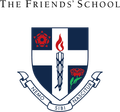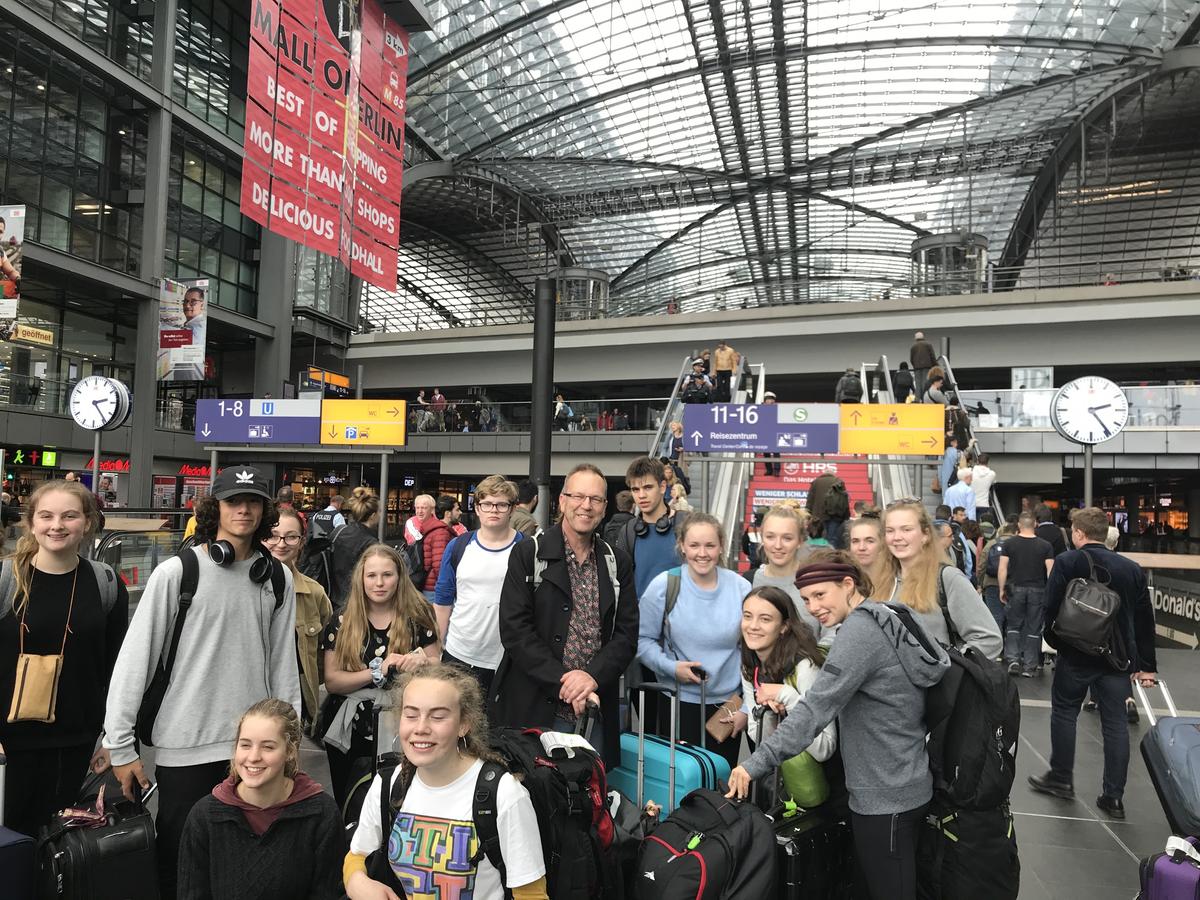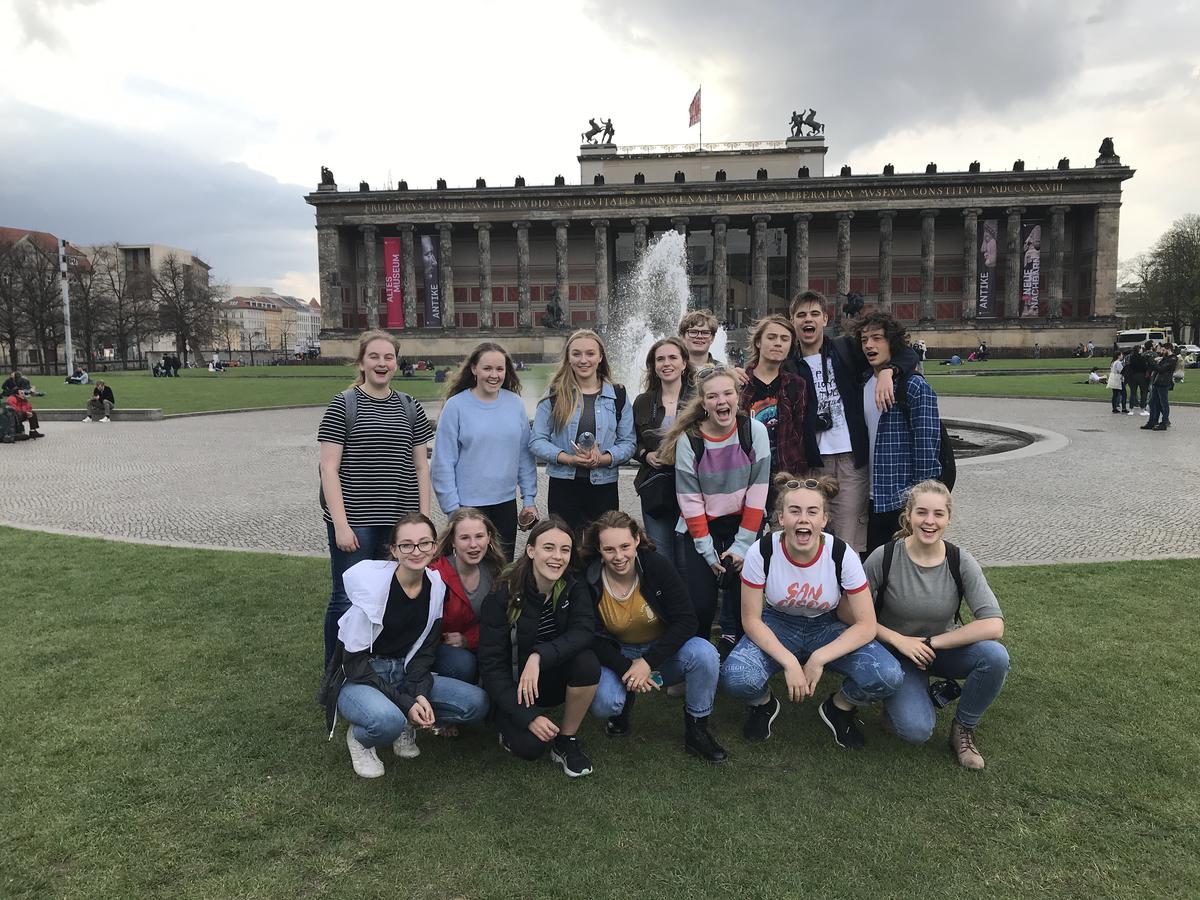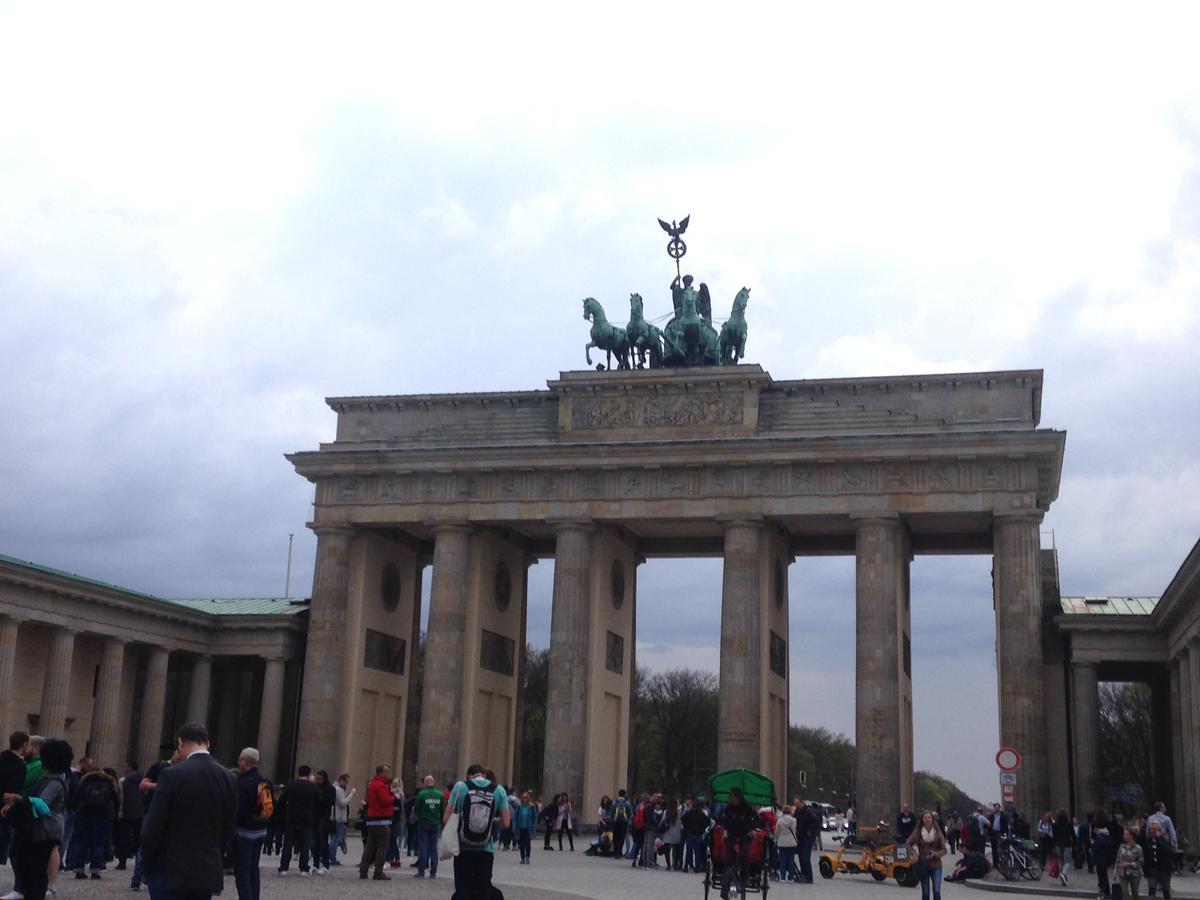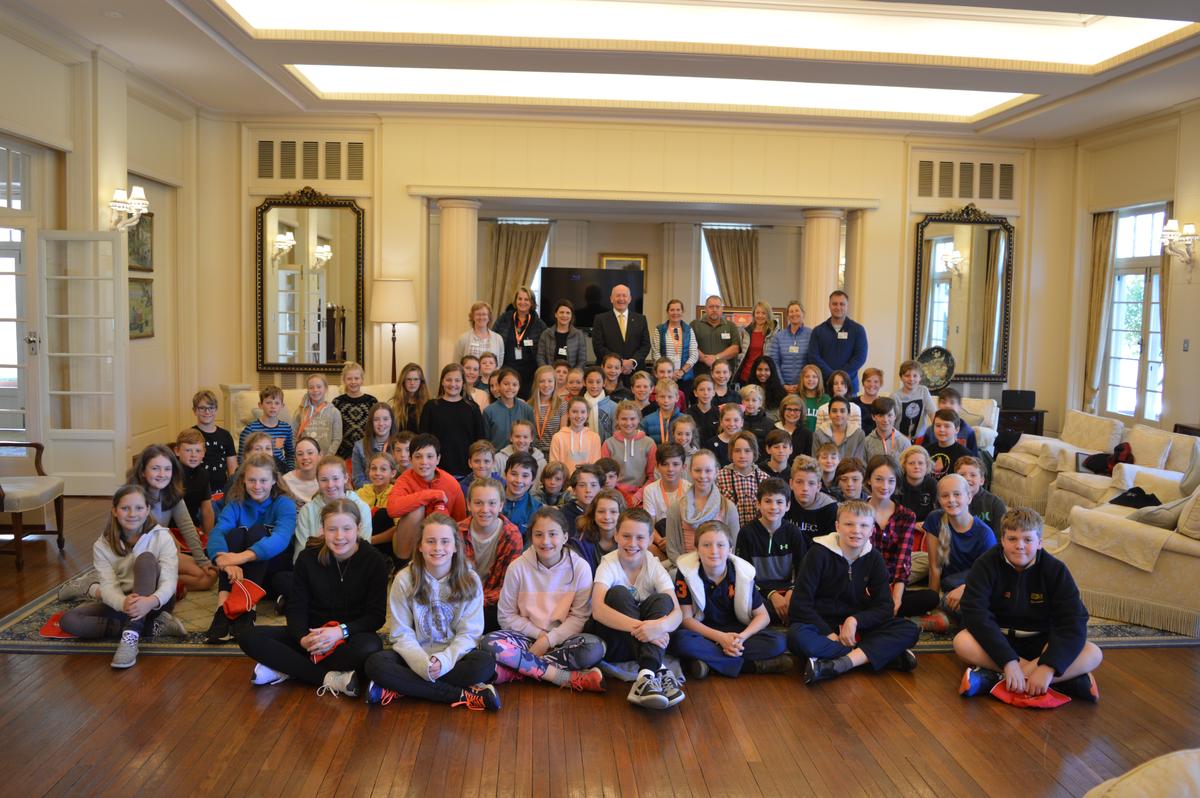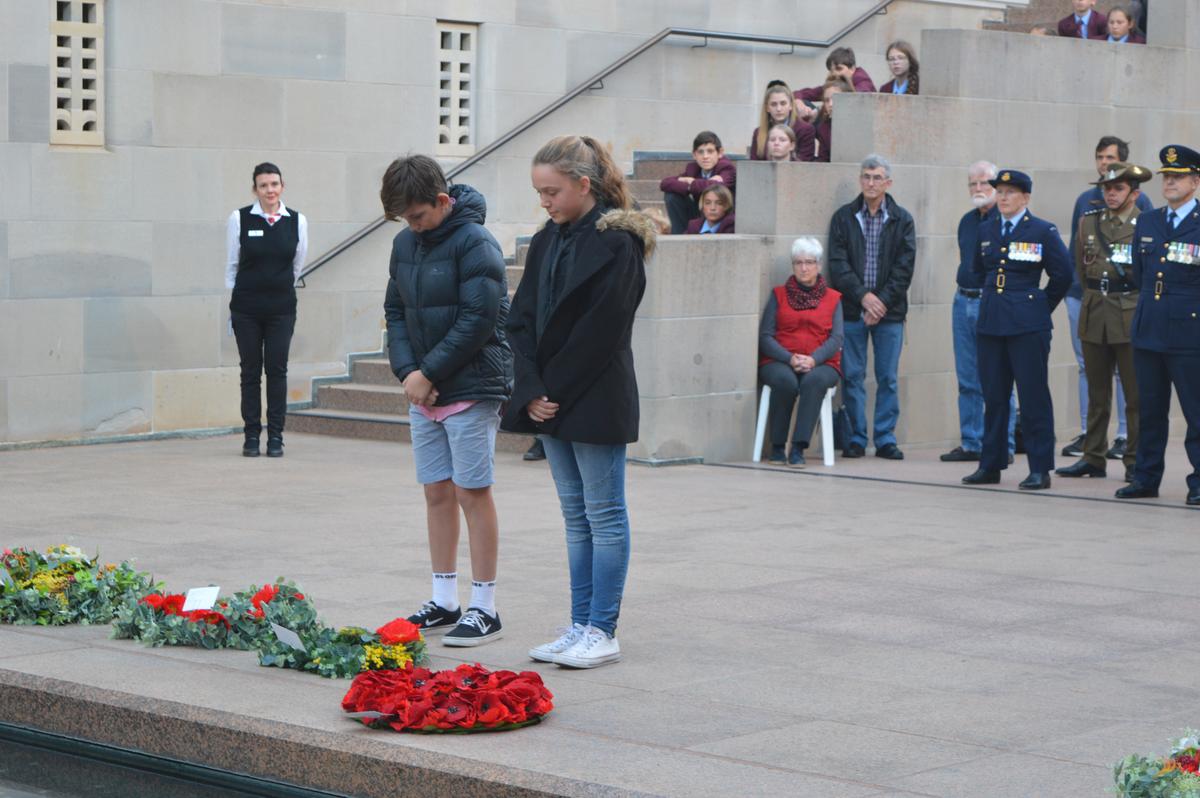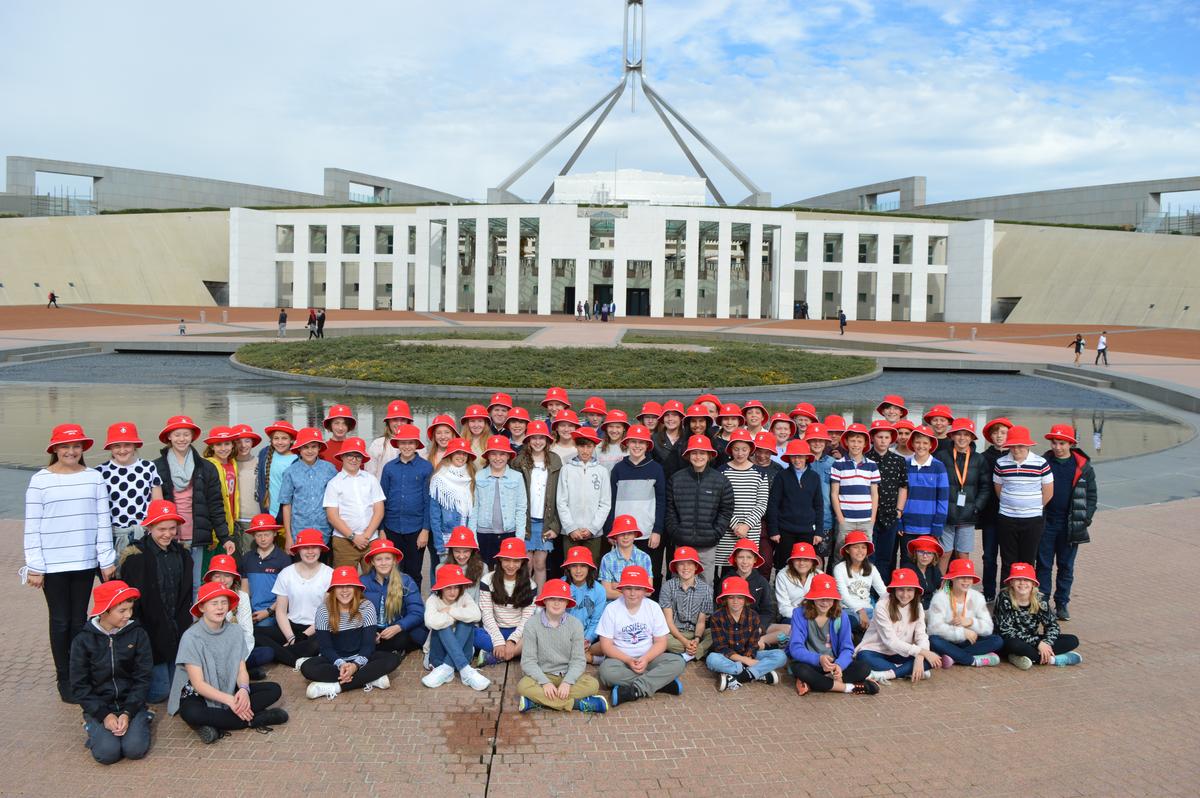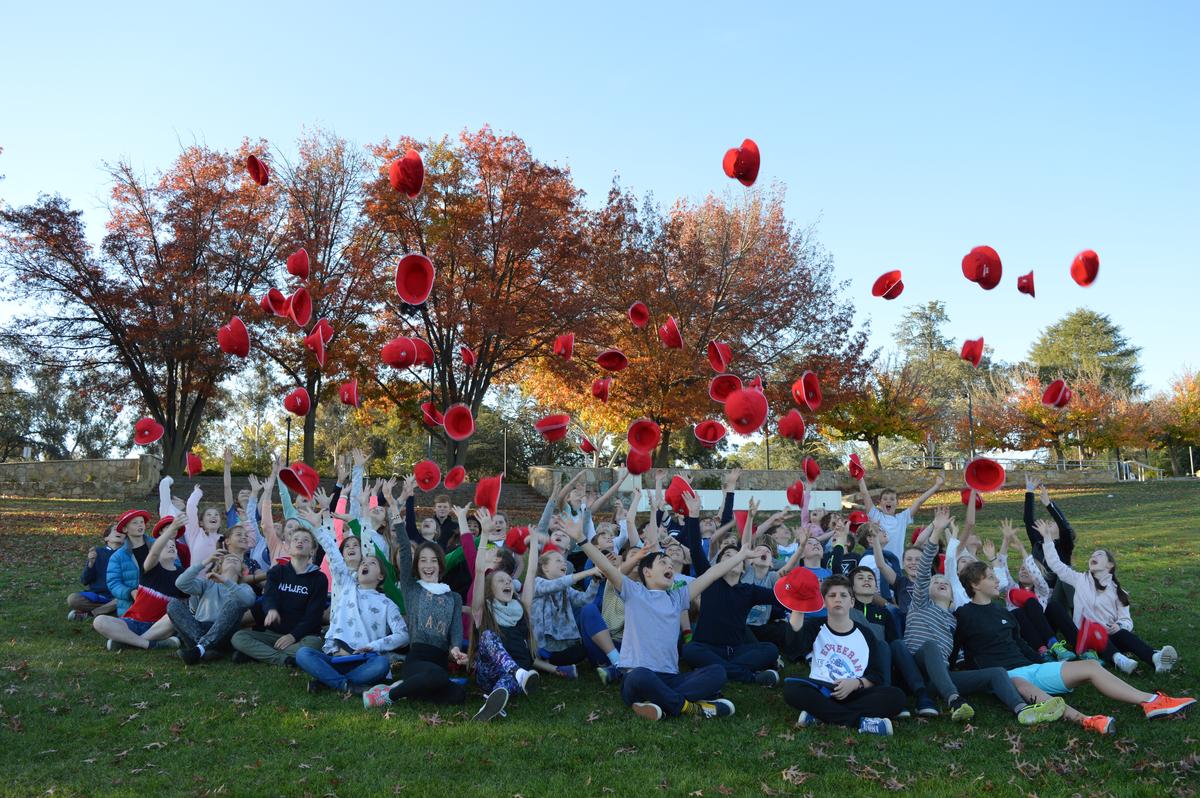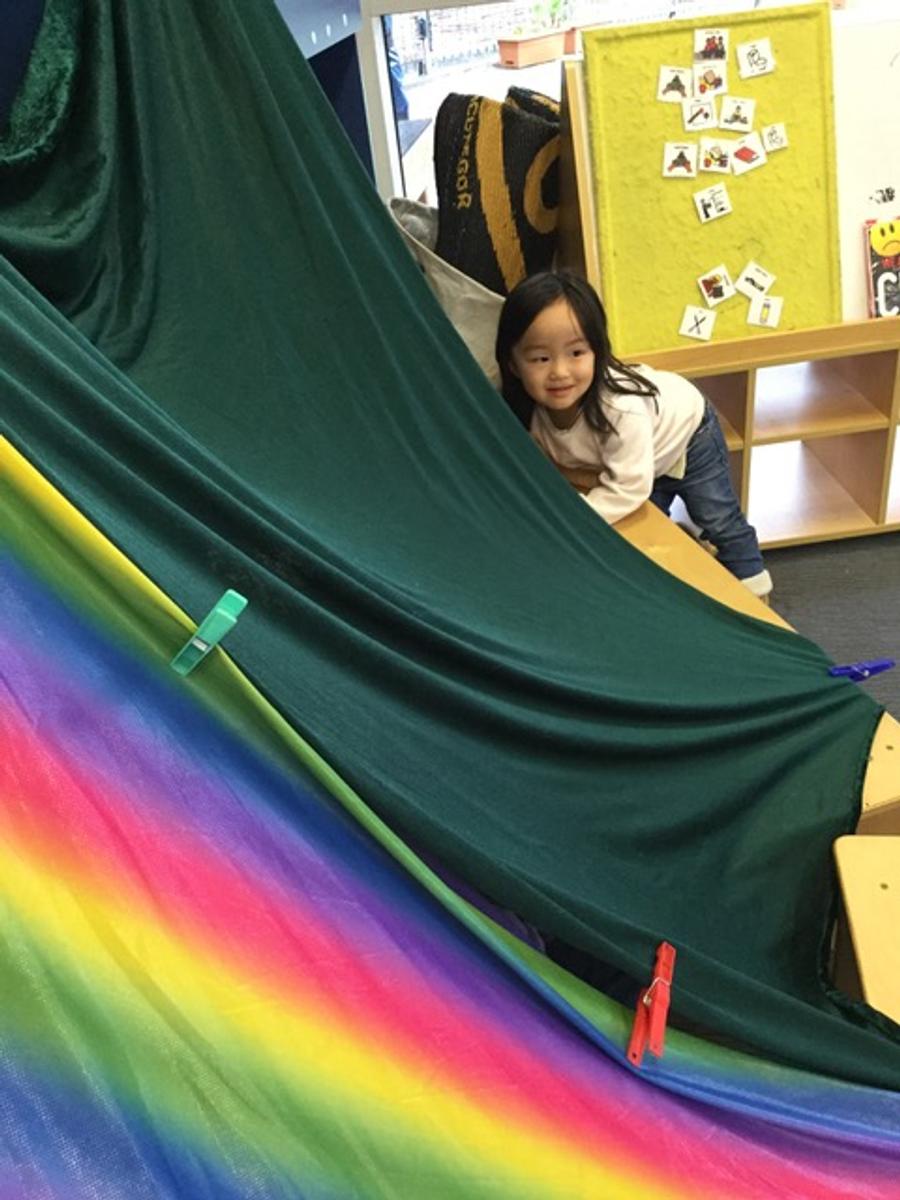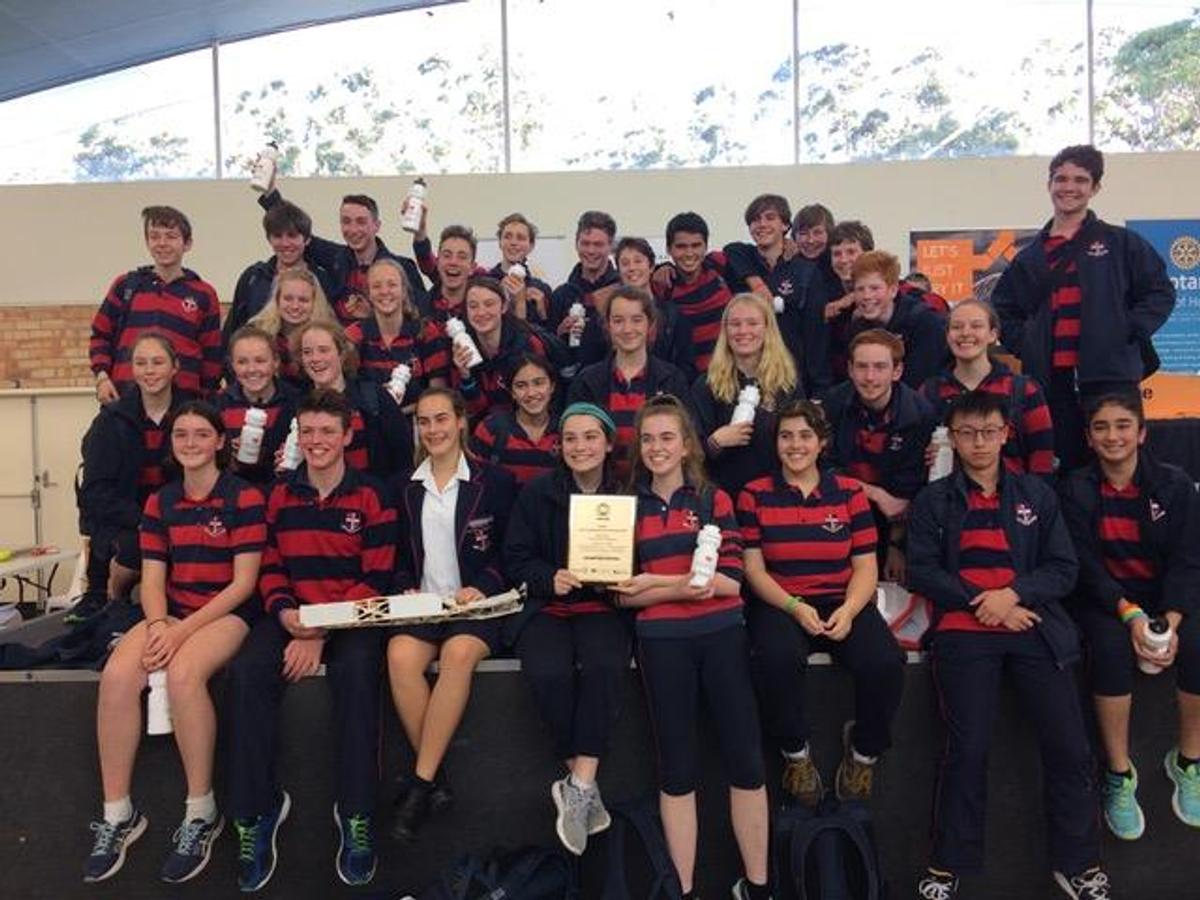Our Learning
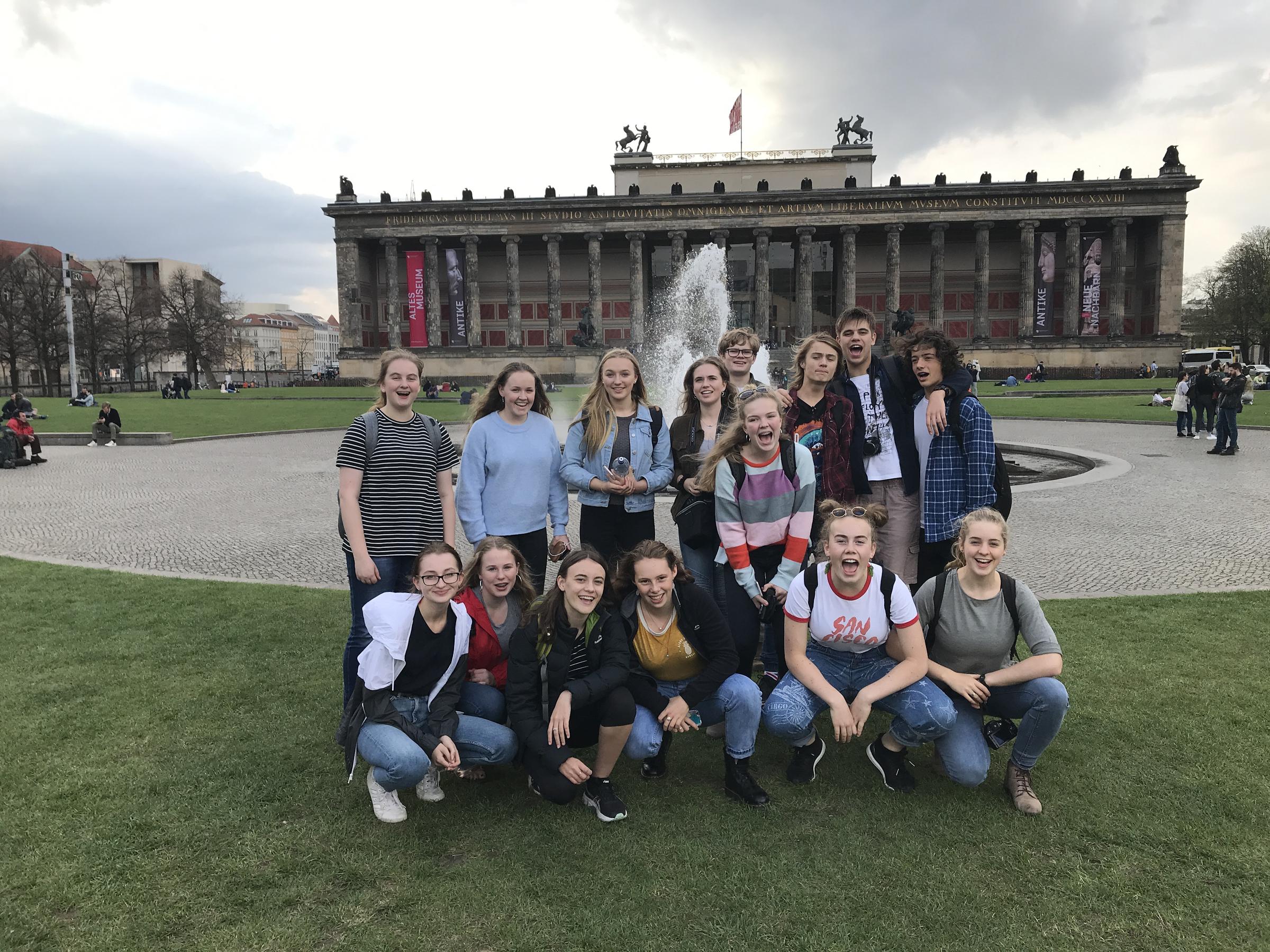
Student Reflection - German Trip
Having studied German since Year 8, the opportunity to spend four nights in Berlin and then ten nights with a German family in Uelzen was exciting and lots of fun. The 2018 German trip was an extraordinary experience, that we feel very fortunate to have been a part of. Throughout the trip, we were able to experience German culture, meet and get to know new people and have an exceptional time.
When we think of the adventure, many memories flood our minds, both of Berlin, Uelzen and even the plane trip. The flight to Germany was a bonding experience - but also incredibly long. However, once we had arrived in Germany, it felt amazing to ride on the bus and look out onto a city - so new and exciting! The freedom in Berlin to explore the city meant that we were able to see all parts of Berlin. Even small towns - with only an Aldi!
In Berlin, we visited places such as the Brandenburg Gate and the Reichstag Building (home of parliament). An optional bike tour along the Berlin Wall was a lovely ride and gave us an opportunity to work off all the delicious German bread we were indulging ourselves with! We learnt about the complex, divided history of Berlin and were shown many of the significant buildings used by both the East and West sides. We also enjoyed seeing the Eastside Gallery. It was very interesting how an important historical feature of the city has been transformed into something for many to appreciate and express their beliefs about acceptance, unification and diversity.
In Uelzen, where our sister school The Lessing Gymnasium is based, we stayed with our host families and were able to get to know what typical German family life and culture was like. We experienced school days at Lessing Gymnasium with our exchanges and spent afternoons exploring the small town and home life with our host families. It was great finishing school every day at 1.30pm!
The German trip was an amazing and unforgettable experience and we can’t wait to welcome our exchange students into our school and homes next year, in April.
Year 10 Students - Isabelle Beggs, Gabby Merritt, Mia Sweet
Year 6 Canberra Trip
For me, Canberra was an amazing experience that left me so grateful to all of the teachers and our school, who organised and bought this journey to life. This opportunity is not to be thrown away, for it changes the way we see Australia as a democracy and our home.
Canberra provides so many substantial opportunities for the students that help them grow into the the best people that they can possibly be. There are things like New Parliament House, that enrich their understanding of our country’s governing system and also to be proud whilst seeing our local representative, Andrew Wilkie, in parliament. Then there are things like Questacon that are not only lots of fun, but show students how technology has changed so much over the last few centuries. Canberra also holds the National Gallery and the National Portrait Gallery that inspire students to fulfil their dreams and hopes of becoming someone who creates magical things for a living. When we went there, we walked the halls and read the stories behind these pieces of artwork. We made connections between the two galleries because we went to these one after the other, which helped us understand more. We also made connections with things that we had previously learnt during art classes, not to mention all of the new knowledge that we acquired from going there.
By now, you probably would have observed that most of the buildings in Canberra have National or Australian at the beginning of their titles. This represents how this place portrays and represents our national identity as Australia. It is very important that students get to see and experience these places that are so special to our home. The new generation need to learn about Australian history so that they can understand and embrace how this world has changed. Places like The National Museum and the Australian War Memorial help to form a deeper understanding of this.
SIEV X, a memorial to remember the lives of over 400 boat people who died whilst trying to migrate to Australia, was also a quintessential part of the Canberra trip, because these things do happen and we need to remember and mourn the lives of those searching only for a fresh start. Maybe, if we could go there we might be able to put a stop to migrants’ innocent lives perishing. The UN peace memorial also tries to enforce peace all around our world. Going there could really help to make a start to that.
Visiting the Australian Institute Of Sport was a way to interact with sports and really get people active and push them to pick up a sport. Sports are such an important part of your lifestyle as it prevents medical issues and keeps you fit. Sports also improve our team skills which are helpful for more than just sporting activities.
The Royal Australian Mint is lots of fun for everyone because we learnt about the surprisingly interesting history of coins and we connected new knowledge to previous information about convicts. The Mint was also a great place to ask questions of the well informed staff. Going and looking at the amazing and astounding robots who worked there, was a really great experience and it got everyone hooked.
The High Court of Australia is where some of the most important decisions and cases are made, therefore, it was an excellent place to visit and we were even lucky enough to watch the seven judges in Court 1 in action! Seeing as the High Court is the legislative arm of The Australian Government, it was important that we go there and acknowledge what the High Court does for our country. Our tour guide was brilliant and she explained everything perfectly for children. There was also a video that talked about the Australian constitution and our Federation in 1901. These videos explained everything but the film was also lots of fun. All of this meant that the children took in and will actually use this information in further learning.
The Museum Of Democracy, otherwise known as Old Parliament House, was a great way to connect our prior learning of democracy to new facts learnt. There was an extremely helpful interactive activity in the old library that made us think really deeply about the good or possibly bad factors of having a democracy as our way of living. We learnt things such as people not on the electoral roll to protest to women’s rights. We also had the opportunity to go into the old House of Representatives and learn hands-on through role-play.
As you can tell, Canberra is a fully worthwhile experience that should be taken in and embraced. It helps us with so many things that are crucial to being who we are meant to be, from learning strategies to Australian history, it all helps us in one way or another. I know that the Canberra trip in 2019, and so on, will be just as incredible and wonderful as the 2018 trip.
Elizabeth Ralph - Year 6 student
Learning Through Play
At One Manhattan Square, Rochester, New York, you will find an interactive museum that is dedicated to the ‘history and exploration of play’. The museum goes by the somewhat unusual name of, “The Strong". In 1998, The Strong established The National Toy Hall of Fame. Since this date, many of the ‘old classics’ have been inducted into The National Toy Hall of Fame. For example, Monopoly (1998), Roller Skates (1999), Scrabble (2004), Rubik’s Cube (2014) and, wait for it, the Stick (2008). That’s right, the stick. And, no, The Strong are not referring to some strange new computer game. The Strong are referring to an actual, normal, found completely free on the ground, stick.
Amazing, right! Would you like to hear something even more amazing, or perhaps concerning? In the year 2018 there are actually some Early Learning Centres in this modern world of ours who do not allow children to play with a stick. You see, a stick can be hard. A stick can be blunt. A stick can be ‘dangerous’. So, for these reasons, and perhaps a few more, there are some Early Learning Centres who have actually, and quite probably unknowingly, banned children from playing with the 2008 toy of the year!
I am proud to say that Friends’ Early Years is NOT one of these centres. I am proud to say that Friends’ Early Years is happy for our children to play with a stick as often as they so desire. Indeed, I am proud to say that Friends’ Early Years firmly believes that the stick belongs in the Toy Hall of Fame.
So, why do we believe this? Why, indeed, does The Strong, believe this?
Well, in the hands of a child, the humble stick becomes anything but humble. It becomes the mast of a boat. A fisherman’s pole. A fairy’s wand. A cheerleader’s baton. Placed near sand, it becomes an artist’s pencil. With fabric attached, a flag to wave.
Are you beginning to see the possibilities?
A stick can be a baseball bat. If curved, a steering wheel. On the ground, it can be a racing track or a steeple over which to hurdle. And that’s just one stick. Imagine if you have many! Children can build with sticks. Paint with sticks. Create with sticks. Pretend with sticks. Imagine with sticks. Children can, believe it or not, learn with sticks.
Now just imagine what can happen and what can be learnt if, along with the humble stick, the educators at Friends’ Early Years add a cardboard box? Perhaps some pebbles? Maybe, shock and horror, a little bit of mud? Oh, the possibilities!
Yet I wonder how many adults, be them teachers or parents, have scolded a child for playing with a stick? Or picking up a pebble? Or for jumping in mud? I wonder how many times the bright glow of excitement and learning has been banished from a child’s face by a stern adult firmly speaking the word, ‘No’.
I also wonder, why as adults, we can so easily forget what, as children, we so readily knew? A stick is for playing! Play is for learning! Learning is for life!
Mark Seager – Director, Friends’ Early Years.
Science & Engineering Challenge 2018
A group of 31 students from Years 9 and 10 participated in the Science and Engineering Challenge 2018 at UTAS. Everyone was assigned a colour and put into mixed groups within the school and after a morning briefing by the coordinators they set out to complete and win different challenges. The challenges included skills such as problem-solving, building, speed and team-work, with challenges such as coding, building bridges, towers and waterwheels as well as “string ways”, a 12 scenario activity connecting different towns with string. A point system was used to tally up the schools’ scores and by the end of the day Friends’ had taken out the gold. We then got the chance to travel up to Launceston for the state championships. The activities and groups were the same, however, each group got a different activity from last time and on the way there each group exchanged the ideas they used for their previous activities. Friends’ at the end of the day came 4th and everyone left there with a smile on their face after a fun day and had a sense of accomplishment after all their hard work.
Ambrosia Negri - Year 10 student
